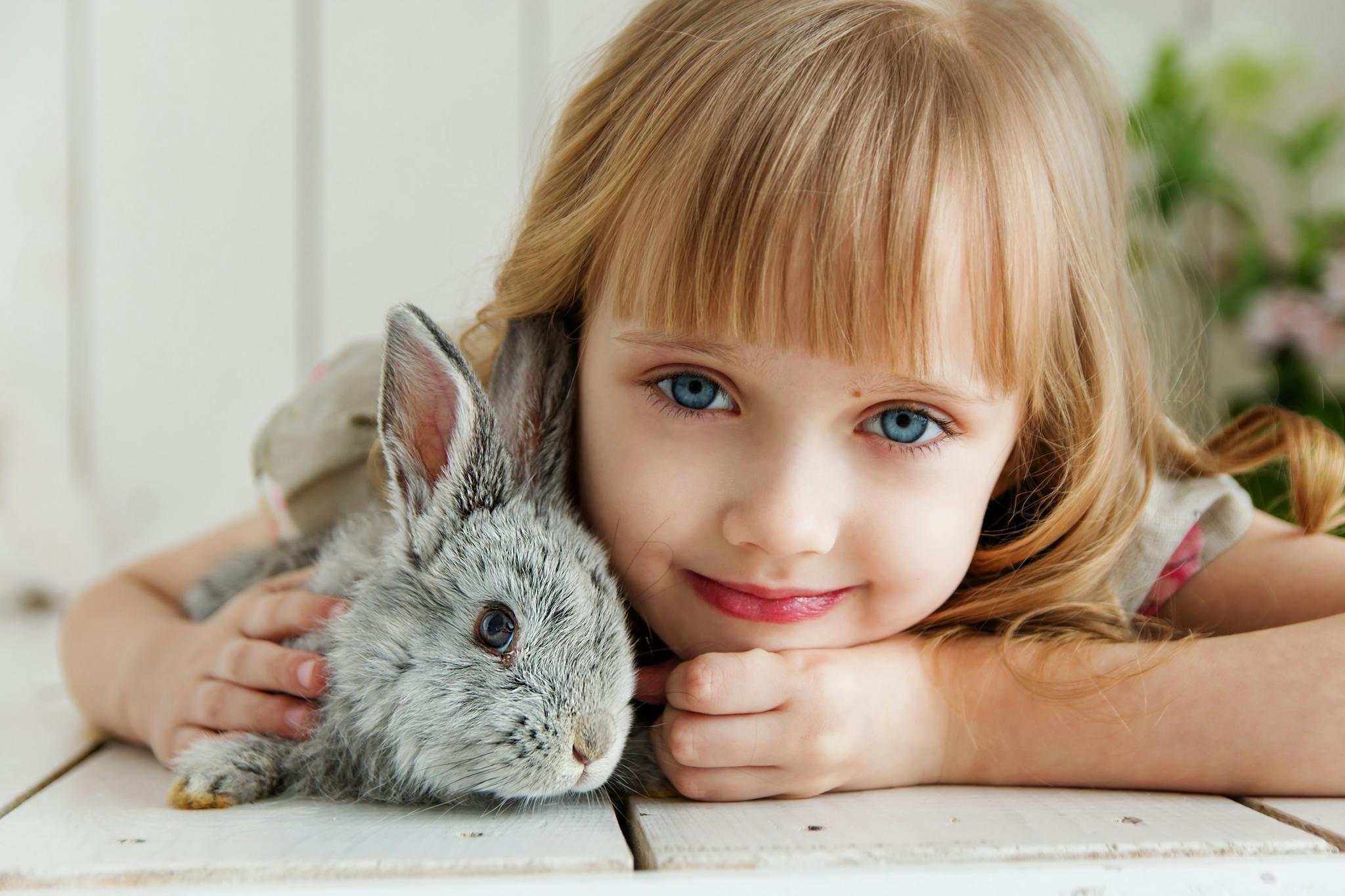
2025-06-10T13:54:10
Understanding Skin Grafts
- Dermatology
- Family Medicine
- Internal Medicine
- Orthopedics
January 21, 2019 | Family Medicine

Many people get painful, small, red bumps or lumps near their eye that look like a pimple. These are called styes. Styes develop when a sweat or oil gland becomes infected. Typically, styes are filled with pus, but they are not contagious and often go away on their own.
If your child has a sty, you may notice a red, tender bump on his or her eyelid. There may also be redness, tearing, tenderness around the eyes or swelling. Most styes don’t impact the ability to see, but they are uncomfortable when they first break out.
Sometimes the small oil glands in the eyelid become blocked, which can cause inflammation in the eye. This condition, called a chalazion, isn’t as painful as a sty. You can treat this condition with warm compresses.
Styes in children are often caused by touching the eyes with unwashed hands. Older children and teens who wear contact lenses can get styes if they don’t disinfect the lenses or wash their hands before inserting them. Leaving eye makeup on overnight or using old or expired cosmetics can also cause styes.
Styes usually go away on their own. A warm washcloth applied to the eyelid can alleviate the discomfort associated with a sty. Gently massaging the eyelid can also help. You should try to avoid allowing your child to rub the eye. Although a sty is an infection, antibiotics are typically not used as part of treatment. In some cases, a doctor may need to drain the sty.
Prevent eye issues and infections before they start:
Blepharitis and rosacea can put your child at a higher risk of styes. Make sure to follow your doctor’s instructions for caring for your child’s eyes if he or she has either of these conditions.
Children are subject to many eye issues. If self-care measures don’t work or if the stye doesn’t improve in two days, you should talk to your doctor. If the redness and swelling involve other parts of the face, you should contact your doctor right away. Once someone has a stye, their risk of getting another one increases.
“Sties.” American Academy of Pediatrics. https://www.healthychildren.org/English/health-issues/conditions/eyes/Pages/Sties.aspx
“Sty.” Mayo Clinic. https://www.mayoclinic.org/diseases-conditions/sty/symptoms-causes/syc-20378017
WRITTEN BY:
The Live Better Team

2025-06-10T13:54:10

2025-04-24T14:00:43

2025-03-10T14:24:39

2025-01-21T10:28:42
This information is not intended to replace the advice of a medical professional. You should always consult your doctor before making decisions about your health.